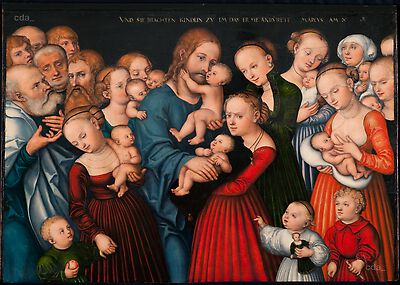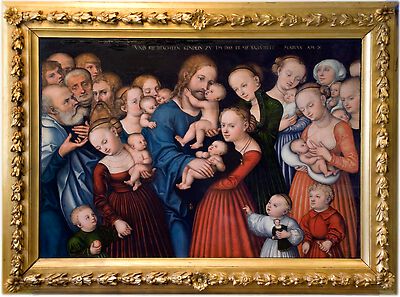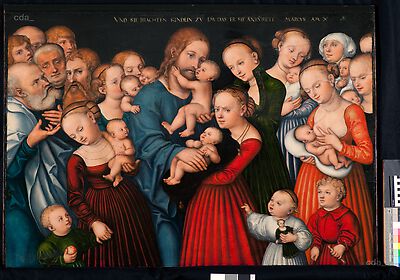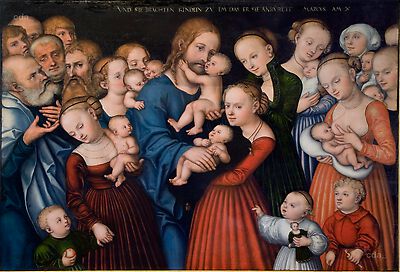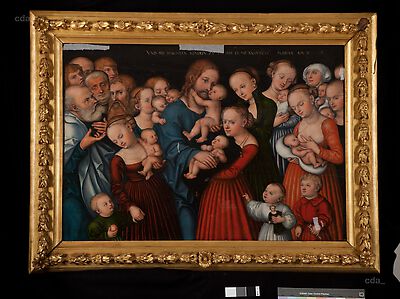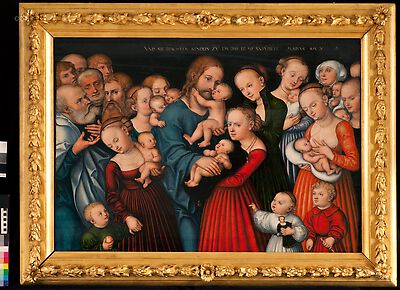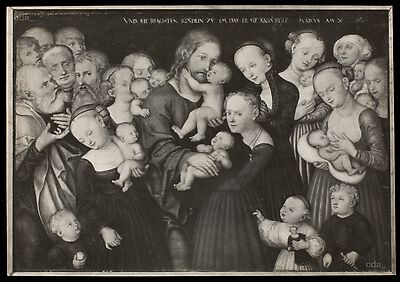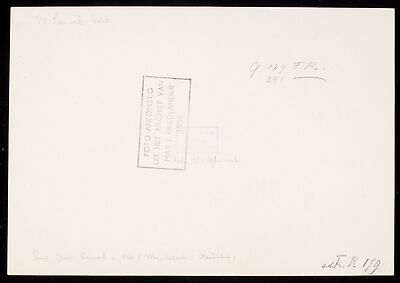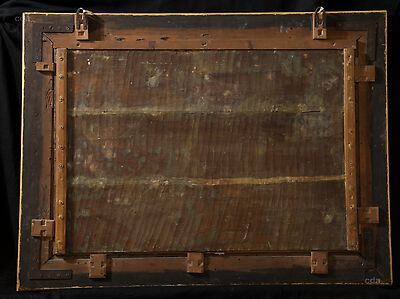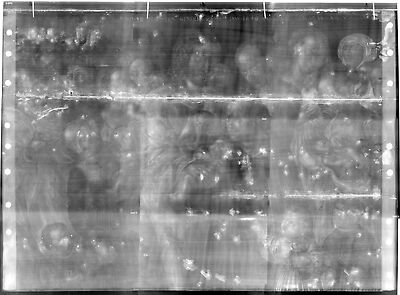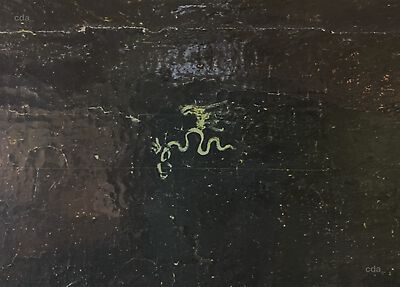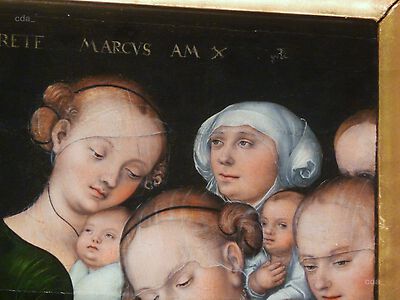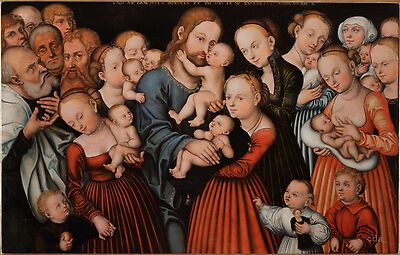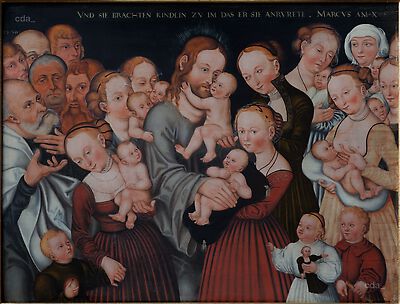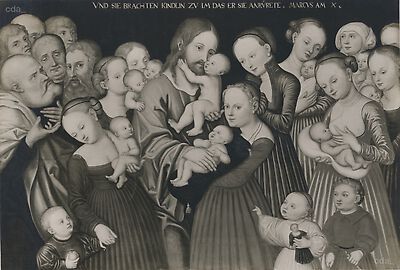- Attribution
- Lucas Cranach the Elder
Attribution
| Lucas Cranach the Elder | [Treenighetskirke, revised 2017] [Wilkojc 2012, 52, No.2] |
- Production date
- after 1537
Production date
| after 1537 | [Treenighetskirke, revised 2017] |
- Dimensions
- Dimensions of support: 85 x 121 x 1.9 cm
Dimensions
Dimensions of support: 85 x 121 x 1.9 cm
[Treenighetskirke, revised 2017]
- Signature / Dating
Artist's insignia at the top right: serpent with dropped wings
Signature / Dating
Artist's insignia at the top right: serpent with dropped wings
- Inscriptions and Labels
- at the top edge: 'VND SIE BRACHTEN KINDLIN ZV IM DAS ER SIE ANRVRETE. MARCVS AM X'
Inscriptions and Labels
Inscriptions, Badges:
- at the top edge:
'VND SIE BRACHTEN KINDLIN ZV IM DAS ER SIE ANRVRETE. MARCVS AM X'
- Owner
- Treenighetskirke, Larvik
- Repository
- Treenighetskirke, Larvik
- Location
- Larvik
- CDA ID
- NO_TKL_NONE-TKL001
- FR (1978) Nr.
- FR-none
- Persistent Link
- https://lucascranach.org/en/NO_TKL_NONE-TKL001/
